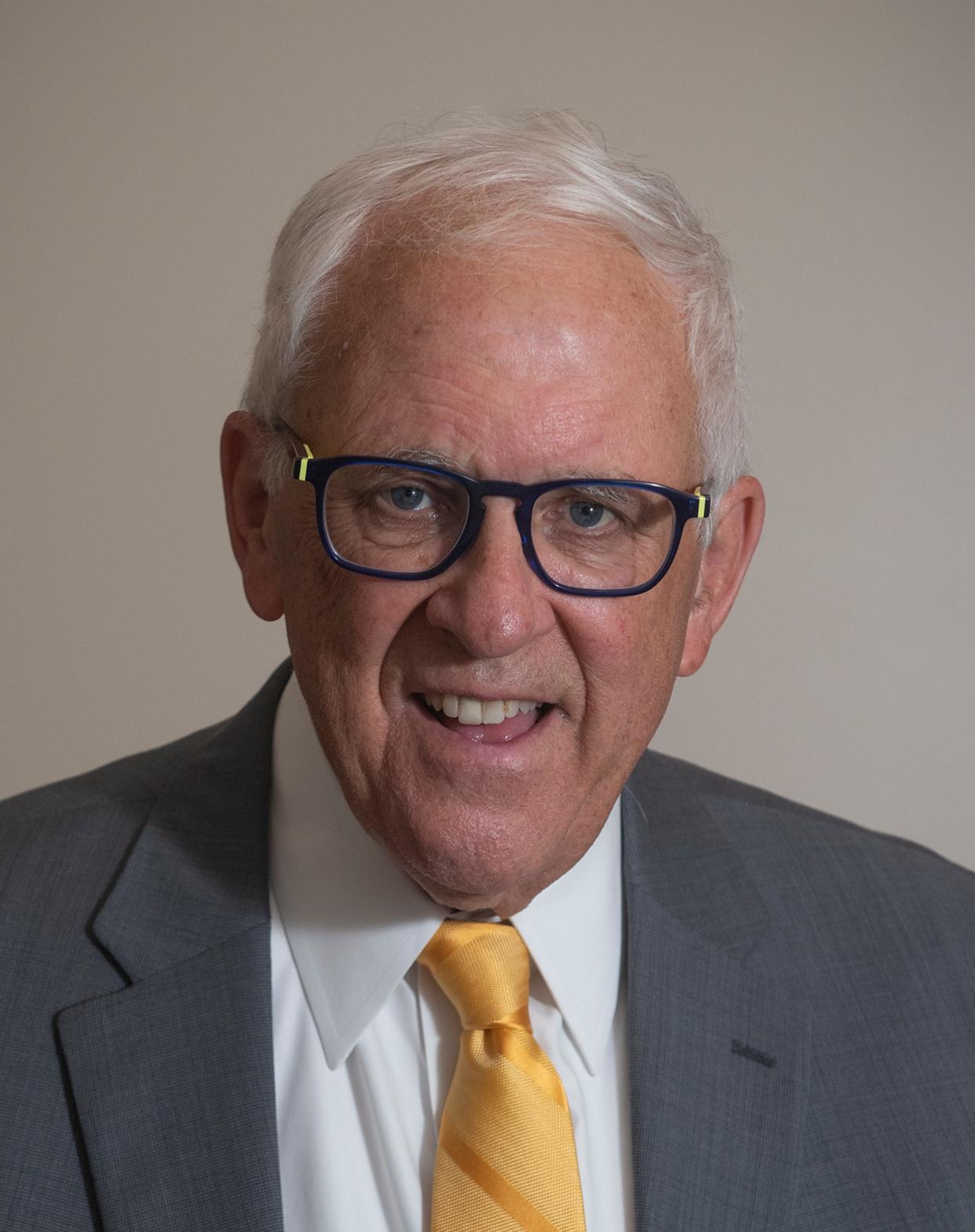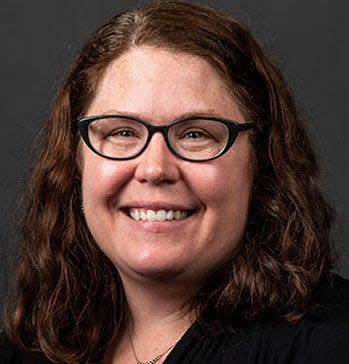New Kent State music director Dr. Sarah Labovitz adds strong marching band dimension

Dr. Sarah Labovitz, the new director of the Hugh A. Glauser School of Music, is going to be music to the ears of those who want stronger marching bands and stronger concert bands at Kent State University.
The Akron native, with her husband, Dr. Charles Page, is returning to the area after 11 years in higher education at Arkansas State University where she served as chairman, associate director of bands and coordinator of music education. She has a strong professional focus on building bridges in music education between the college and high school level and for Ohio’s enrollment driven universities like Kent State University, that plays very well.

I had the privilege of sitting at Labovitz’s table last week at the final evening of the Kent Blossom Music Festival at Blossom Music Center in which students from prestigious graduate programs and representing a wide range of orchestral instruments, go through the five-week Blossom chamber music program and receive the opportunity to perform alongside the incredible Cleveland Orchestra.
Labovitz and her husband, who will be working in music education in the Akron public schools, struck me as friendly, down to earth Midwestern types, although he is from Alabama. Both say they like the Akron area and spoke appreciatively of Blossom Music Center.
Labovitz’s recent appointment by Dean Diane Petrella is consistent with the push by President Todd Diacon to build up a strong marching band as one way to strengthen Kent State’s presence.
When he became KSU president in 2019, Diacon instituted a $1,000 scholarship ($500 per semester) for any student participant in the marching band regardless of the student’s major. The scholarship program brought Kent State into parity with what the University of Akron offers. Ohio University and Bowling Green do not have blanket scholarship programs, but they offer other means of support for student participants in marching band.
At Kent State, the $1,000 scholarships have incentivized band participation so much that band membership has shot up and is now pushing 300 participants. Fans who come to watch the Golden Flashes during football season have lately been seeing as a bonus, a much more impressive half-time show that adds to the fun. Band participation can build alumni memories and support, especially among those who play in the band.
Kent State’s decision two years ago to close the recreational rink in its two-rink Ice Arena and convert it into a 16,000-square foot, indoor practice facility is another aspect of the new emphasis on the marching band program.
The facility, budgeted at $6.5 million, will include locker space for uniforms and instruments and offices and, besides marching band practice, will be used for percussion and brass.
The Kent State University Foundation is paying much of the $6.5 million and the foundation’s glossy mailer appealing for donations that I received last week was a reminder of that. Reviewing the literature online, I saw that Diacon had staked $7,000 of his personal fortune as a challenge grant at one point during the fund-raising campaign.
Naturally, the emphasis on marching band has supporters of classical music worrying that they have been downgraded.
Kent State’s classical music program gained momentum over the last 55 years with the creation of the Kent Blossom Music Festival, a collaboration between KSU and the Cleveland Orchestra, one of the world’s finest symphony orchestras. It represented a huge step up for Kent State and a surprise, a popular assumption having been that the orchestra would partner with the Oberlin Conservatory or Baldwin Wallace, both of which might still welcome the affiliation, which brings with it a cultural cachet in Cleveland and beyond.
That occurred during the exciting growth years of President Robert I. White before Akron, Youngstown, and Cleveland had gained their own state universities, when Kent State’s potential seemed limitless. The KSU Orchestra Society, a town-gown group of hard-working volunteers, who support classical music at Kent State, began in that hopeful atmosphere and continues to this day.
Classical music supporters ask what might be the result if a stipend were created for those who participate in the student orchestra? Can a good student orchestra be an effective ambassador to high schools just like a good college level marching band? Can it still attract the excellent international student musicians that have in recent years raised the game so effectively for young American musicians who then work harder to rise to the occasion?
I like to think that a university as large as Kent State can have both the strong marching band and a great student orchestra and that budgeting is not simply a zero-sum game. Time will tell.
David E. Dix is a retired publisher of the Record-Courier.
This article originally appeared on Akron Beacon Journal: New Kent State music director adds strong marching band dimension

